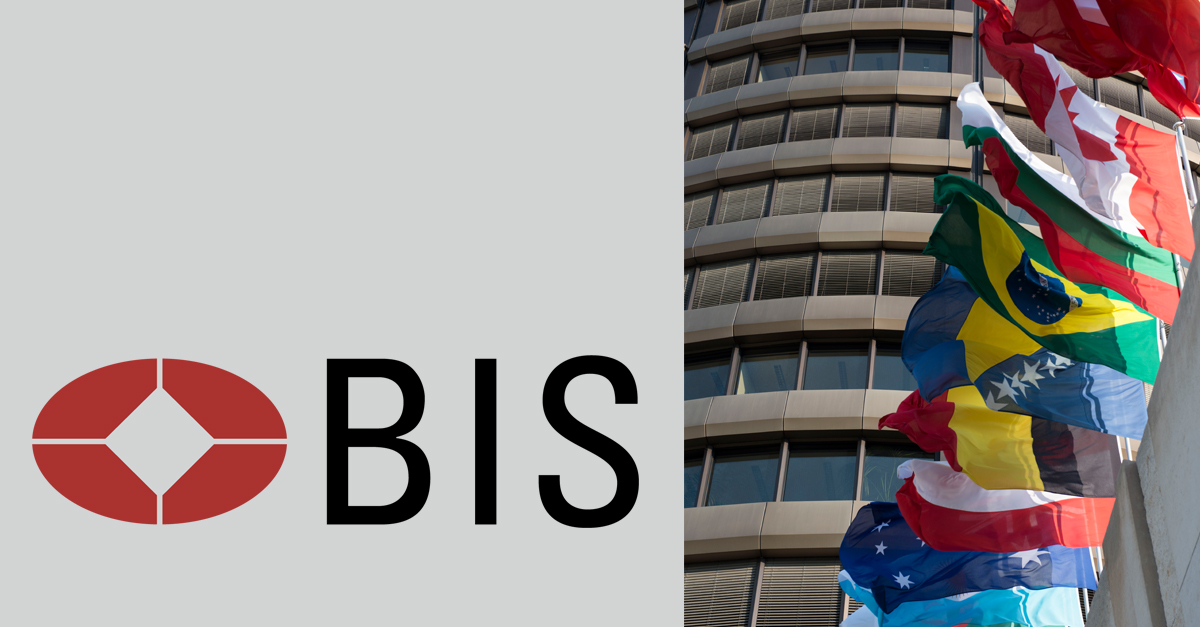Mastercard is advancing the future of payments, finance and technology with new, global end-to-end stablecoin acceptance and payments capabilities. With increasing global regulatory clarity, stablecoins are evolving from crypto trading tools to essential solutions that bring efficiency and programmability to payments, disbursements, and remittances. Harnessing this potential, Mastercard is ensuring that people and businesses can make and receive stablecoin payments – anytime, anywhere.
While banks and fintechs are increasingly engaging with solutions built on stablecoins, global ubiquity and scale is contingent on everyday utility, seamless integration into existing financial systems, and an intuitive user experience. To allow consumers and businesses to use stablecoins as easily as the money in their bank accounts, Mastercard is providing an integrated, 360-degree approach:
- Wallet enablement, card issuing and acceptance: Mastercard’s partnerships with crypto natives like MetaMask, Kraken, Gemini, Bybit, Crypto.com, Binance, Monavate and Bleap allow consumers to enter the crypto ecosystem to earn rewards, pay, and spend the stablecoins in their crypto wallets via traditional cards at the over 150 million merchant locations accepting Mastercard globally, as well as withdraw stablecoins into their bank accounts with Mastercard Move.
- Differentiated value through cards and beyond: Mastercard is partnering with OKX to launch the OKX Card, providing millions with easy access to their funds. Mastercard and OKX will explore new opportunities to help people meaningfully engage with digital assets and connect with their passions – leveraging OKX’s leadership in crypto trading and its growing Web3 ecosystem to bring more people on-chain.
- Merchant settlement: As acquirers and merchants increasingly explore and leverage digital assets for settlement, Mastercard is teaming up with Nuvei and Circle to give merchants the option to receive their payments in stablecoins such as Circle’s USDC, regardless of how a consumer chooses to pay. Mastercard also works closely with Paxos to enable this functionality across Paxos-issued stablecoins.
- On-chain remittances: Stablecoins are fast and cost-effective, making them ideal for remittances and cross-border disbursements. However, current user experiences are cumbersome and lack essential verification and transparency to protect their transactions. Mastercard Crypto Credential solves this by allowing crypto exchange users to send and receive digital assets with simple and trusted usernames. Wirex, Bit2Me, Lirium, Notabene, Coins.ph and Mercado Bitcoin have already joined the Mastercard Crypto Credential ecosystem.
- Powering more efficient payments and commerce applications: Stablecoins can streamline settlement across markets and currencies around the world. The Mastercard Multi-Token Network (MTN) helps enable real-time payments and redemptions, allowing partners like Ondo Finance to leverage on-chain tokenized assets. JPMorgan Chase and Standard Chartered are connected to MTN today, connecting deposit accounts to new and emerging digital asset use cases.
“When it comes to blockchain and digital assets, the benefits for mainstream use cases are clear,” said Jorn Lambert, chief product officer at Mastercard. “To realize its potential, we need to make it as easy for merchants to receive stablecoin payments and for consumers to use them. We believe in the potential of stablecoins to streamline payments and commerce across the value chain. Unlocking this is core to how we navigate the rapidly changing world, giving people and businesses the freedom they want by providing the choices they deserve.”
...






















